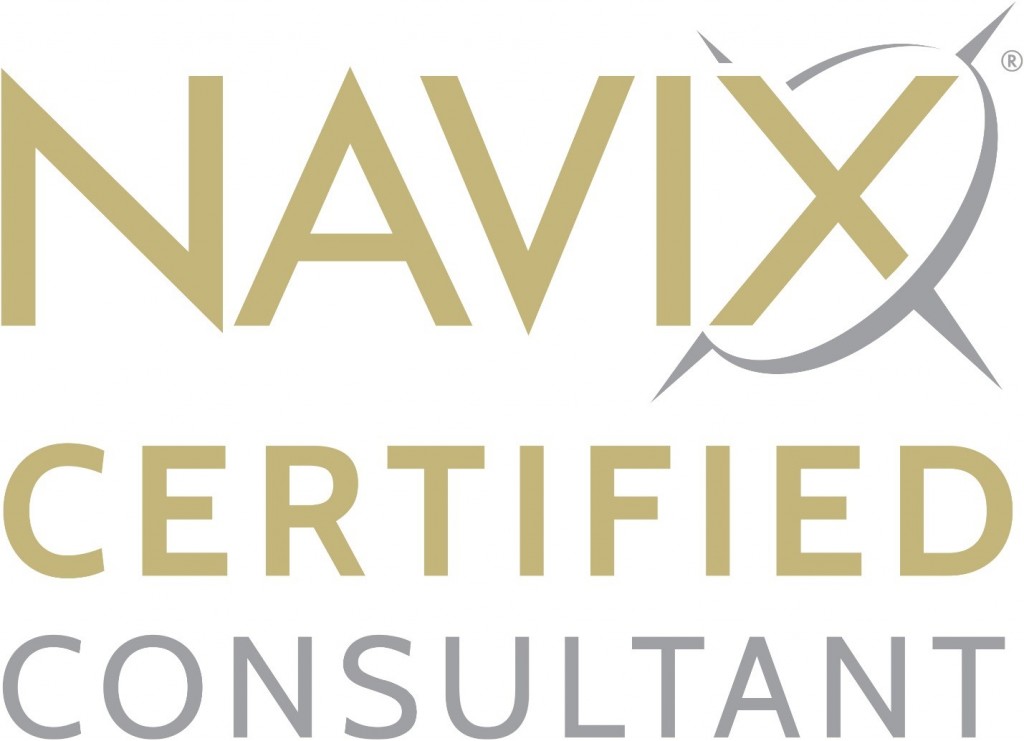3 Financial Needs Business Owners Must Address to Exit Happily
1.11.2018
The number one goal most business owners wish to achieve at exit is to reach personal financial freedom. (We define financial freedom as reaching a point where working is a personal choice, not an economic necessity.)

While everybody’s dollar amount is different, reaching financial freedom is practically a universally-held goal. To have a good chance of reaching this goal, it is not enough to merely calculate the target number you need at exit.
Most owners have three distinct needs they must meet to attain and maintain a financially happy life at exit and beyond. Fail to address any of these needs, and you may not be able to exit happily. Or, you might exit only to realize somewhere down the road that you regret the decision.
Here are the three needs you must address to reach and maintain your financial goals:
#1 – Replace Earned Income
The first need is to replace earned income. After you exit, you will need to replace the income previously earned from your business with investment income sufficient to support your personal lifestyle. This need may seem straightforward, but owners are often surprised by the challenges involved.
It is not unusual that your business generates a higher level of annual income than a prudently-invested portfolio can produce. Assume you enjoy an annual income of $X amount from the company, but your financial planning and forecasts indicate that, after you exit, your investment portfolio will only generate an annual income of less than $X. That is not exciting to contemplate.
Taxes often worsen the picture. If you sell your company at exit, you likely have to pay a significant amount of unrealized taxes at that time. This tax bill erodes how much you have to invest after exit, further reducing the income stream.
Furthermore, most owners enjoy a portion of their lifestyle subsidized by their business. The business pays for some (or all) of the following: vehicles, cell phones, computer, meals, travel, insurance, taxes, etc. These company-paid expenses shift to personal expenses at exit, thus increasing the amount of personal income required after exit to maintain the desired standard of living.
Ultimately, if you cannot replace the income you receive from your business with a reliable stream of income from your investments post-exit, you may find yourself trapped in the company and unable to afford to exit.
#2 – Transition from Running a Company to Running a Portfolio
The second need is less obvious but no less important for your exit happiness — you will need to make the transition from running a business to running a portfolio. There are certain skills and tactics that made you a successful business owner, and these may not be the same skills and tactics needed for investment portfolio management.
Being a successful business owner does not necessarily translate into being a successful investor. For example, successful investing often involves patience, taking a disciplined approach, and not reacting too quickly when investment markets fluctuate in short-term movements.
However, being a successful business owner and entrepreneur often demands that you be willing to react quickly to market opportunities as they present themselves. You will not feel financially secure as long as you are uncomfortable or unprepared with the steps and tactics required to manage your post-exit portfolio most effectively, regardless of how large it may be.
#3 – Manage Pre-Exit Risks
The third need is to manage ownership risk before your actual exit. Many owners do not consider their company to be a risky asset because they lead it and largely control its activities. But if you are like most owners, then prior to exit, 50%-90% of your net worth is tied up in your company.
It is undeniable that having the majority of one’s net worth tied up in any asset creates risk. If something happens to you or your company prior to exit, your future financial freedom is at risk. For example, imagine you own three assets:
- A piece of real estate worth $5 million
- Cash account with $5 million
- A company worth $5 million
All three assets are equally worth $5 million, yet the risks associated with owning the company are different and higher. If you became seriously ill or died prematurely, the real estate and cash likely maintain their value, but your company’s value may suffer a severe reduction without you.
The same risk exists if something happens to your company rather than you. If a large customer leaves your company, the cash and real estate will still be worth the same amount, but the company value may depreciate. Therefore, to reach financial freedom at exit, you must take the proper steps to address the inherent risks that come with owning a company. After all, you only have one shot at exit success.
Reaching Financial Freedom
These three needs will help you understand the to-do-list as you migrate from current business owner to investor. You are beginning a major life transition. Up to this point, your primary source of income has been your business, and as the owner, you have been in a position to call the shots.
But you only have one shot at exit success, so you need to get it right. As the saying goes, “You can get rich by investing in one company, but you can’t stay rich that way.”
What to Do Next
The most important next step is to sit down with experienced advisors, clearly define your financial and other exit goals, and develop the plan that will achieve those goals. To learn more about the steps necessary for a successful exit, contact Tim for a complimentary consultation: 772-221-4499 or email.

 Tim is a Consultant to Business, Government and Not-for-Profits Organizations specializing in innovative and challenging ways for organizations to survive, to thrive and to build their teams.
Tim is a Consultant to Business, Government and Not-for-Profits Organizations specializing in innovative and challenging ways for organizations to survive, to thrive and to build their teams.